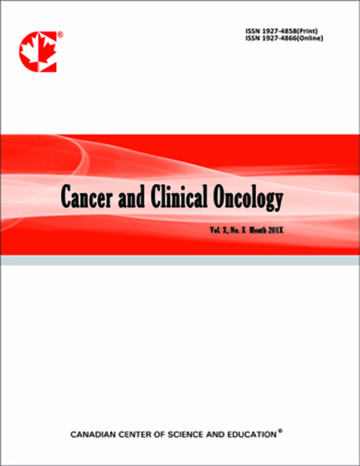Human Serum Proteins Recognized by CA215 and Cancerous Immunoglobulins and Implications in Cancer Immunology
- Gregory Lee
- Suefay Liu
- Cheng-Yuan Huang
Abstract
In 1987, a monoclonal antibody, RP215, was generated against the OC-3-VGH cancer cell line and shown to react with a carbohydrate-associated epitope located mainly on the heavy chains of immunoglobulins, designated as CA215, which are expressed on the surface of almost all cancer cells and not on normal immune cells. CA215 and cancerous immunoglobulins were affinity-isolated from the shed culture media of the same ovarian cancer cell line by using RP215-linked and anti-human immunoglobulin G-linked affinity chromatography, respectively. They were then immobilized separately as general ligands to isolate any protein components from pooled human sera which demonstrated affinity to CA215 and/or cancerous immunoglobulin G. The affinity-isolated components were then subjected to molecular analysis by liquid chromatography-tandem mass spectrometry (LC-MS/MS). Among the detected protein components, more than 72% were found to be commonly recognized by both CA215 and cancerous immunoglobulins. Some have previously been identified as endogenous proteins or fragments in human serum. They are considered generally, as cancer biomarkers, according to their pro-cancer (e.g. C4b binding protein ? chain, complement C3, complement factor H, serotransferrin, and vironectin), anti-cancer (e.g. 35 kDa inter-?-trypsin inhibition heavy chain 4, anastellin, apolipoprotein A-1, fibrinogen beta chain, and, keratin type I cytoskeletal 9), or autoimmune (specific immunoglobulin G) properties, respectively. Therefore, besides serving a role for the growth/proliferation of cancer cells, cancerous immunoglobulins can also interact directly or indirectly with many other serum protein components or fragments for unspecified reasons and unknown mechanisms of action.
- Full Text:
 PDF
PDF
- DOI:10.5539/cco.v3n2p51
Journal Metrics
Google-based Impact Factor (2018): 3.94
h-index (August 2018): 8
i10-index (August 2018): 6
h5-index (August 2018): N/A
h5-median(August 2018): N/A
(The data was calculated based on Google Scholar Citations. Click Here to Learn More. )
Index
Contact
- Lexie GreyEditorial Assistant
- cco@ccsenet.org
